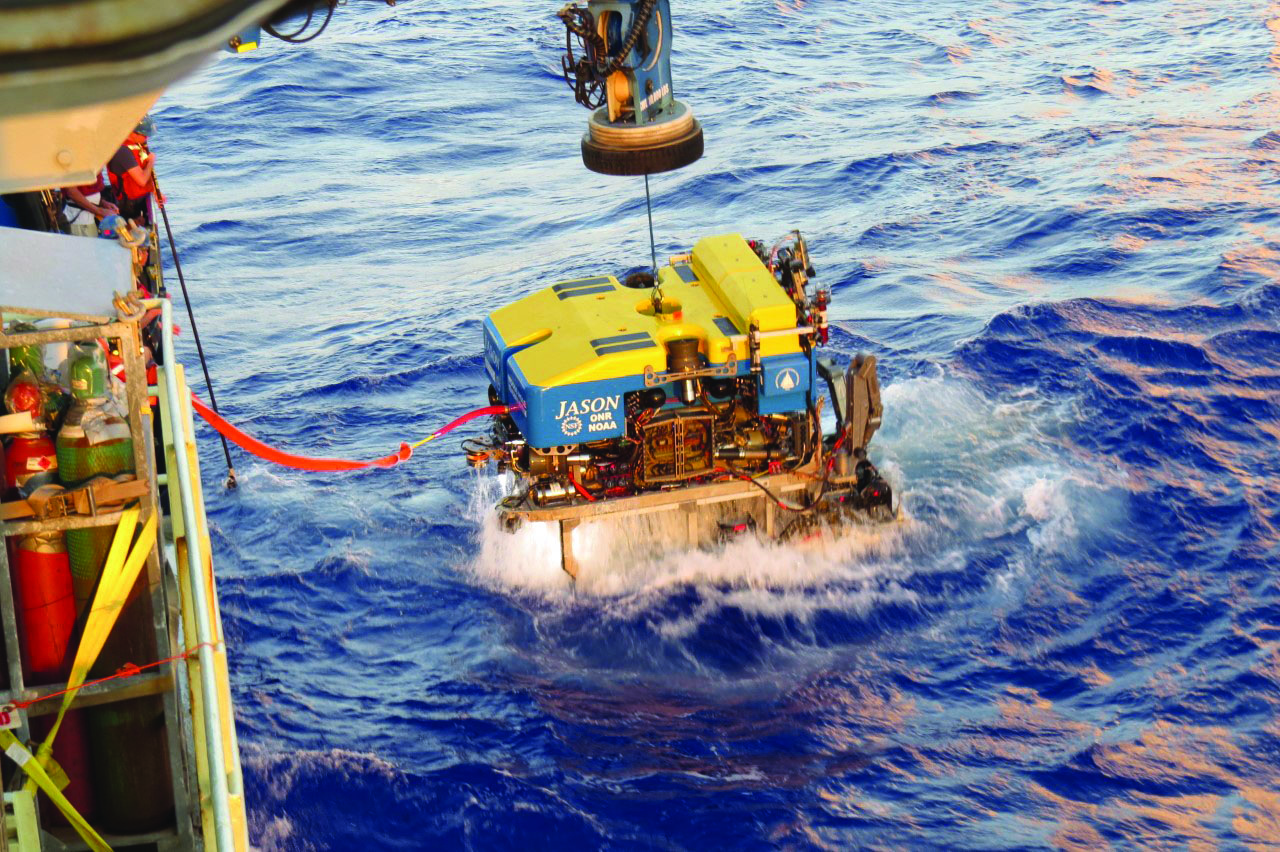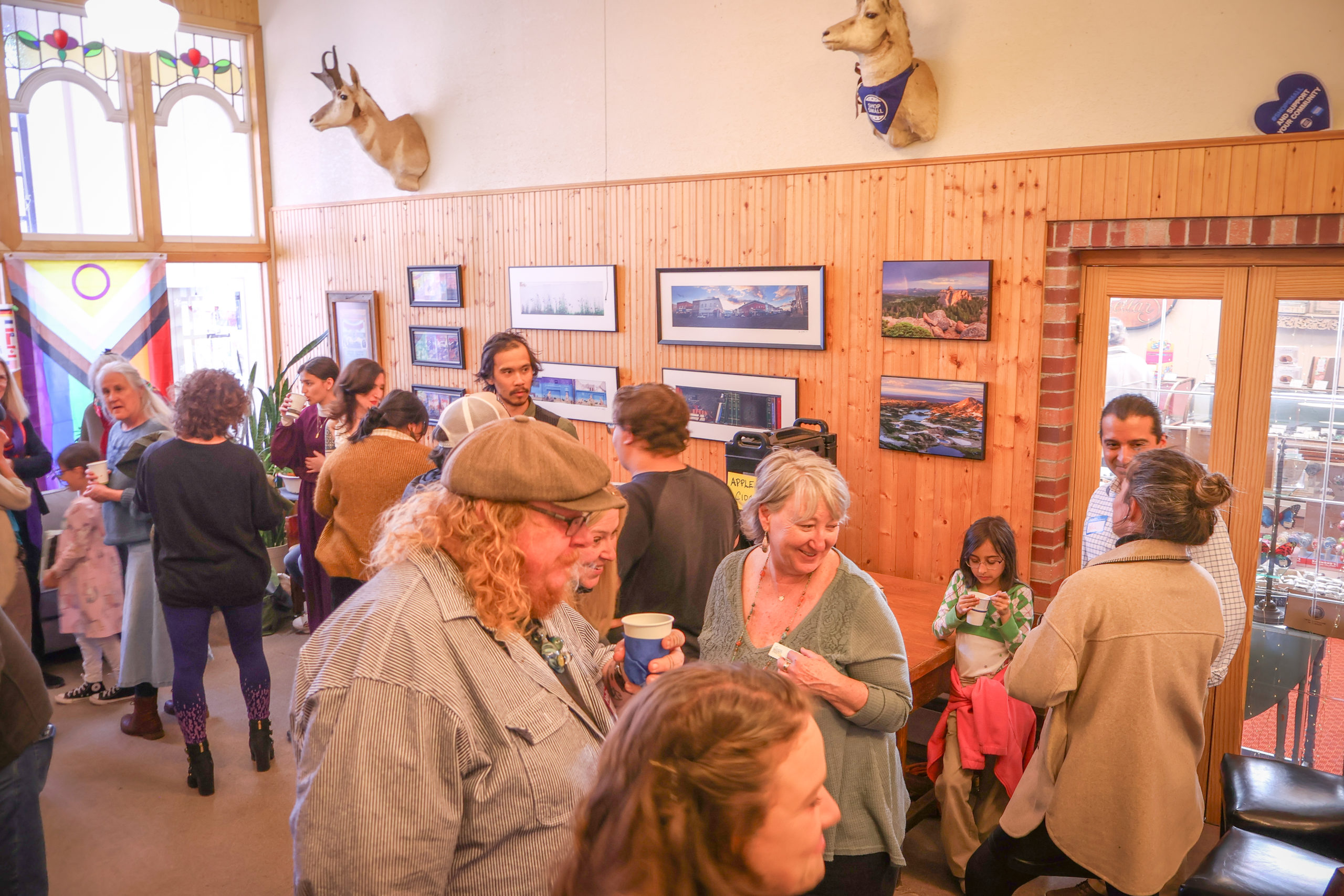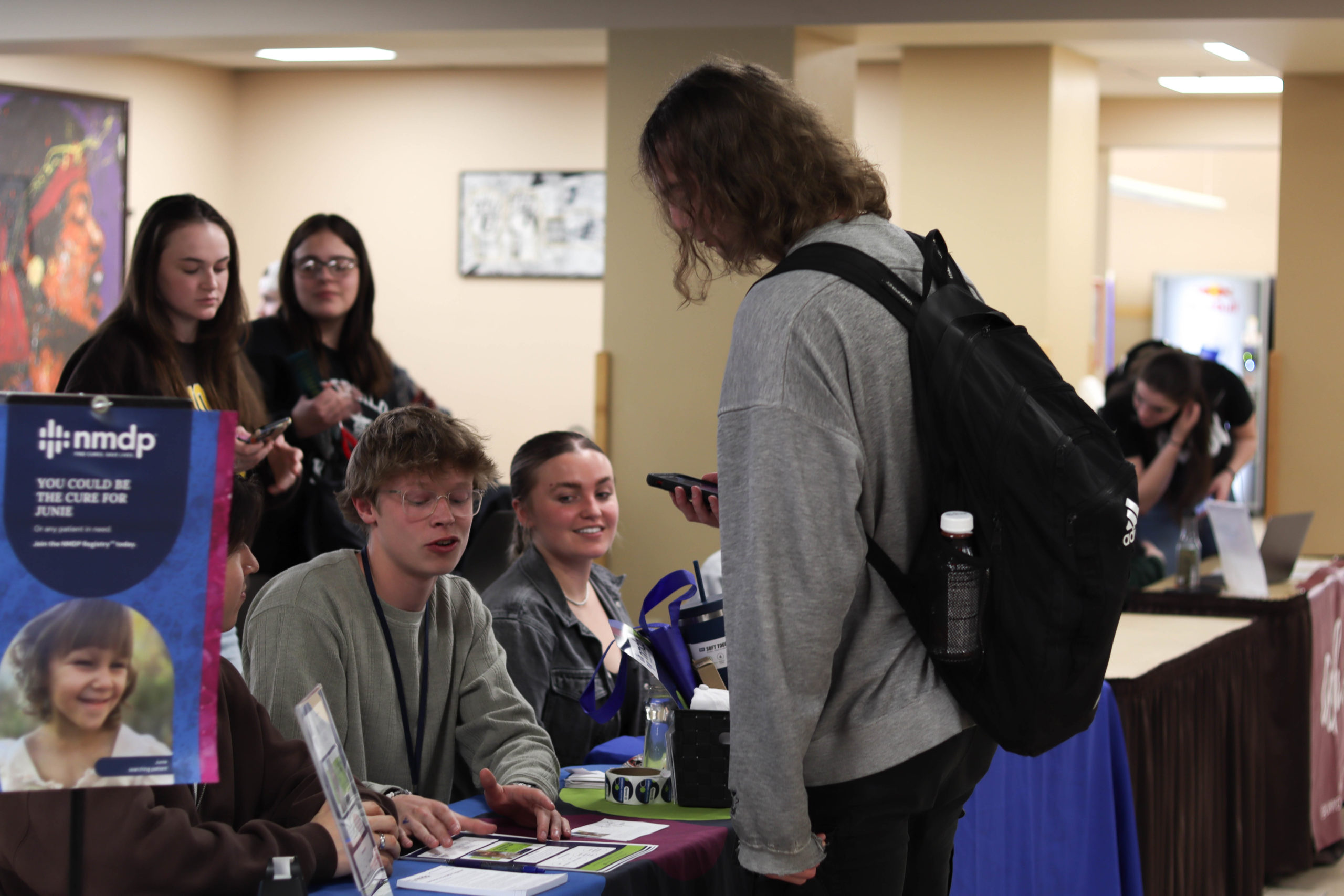Sea, the final frontier. This is the voyage of the U.S. Research Vessel Atlantis. Its six-week mission: to discover how ocean crust forms and stumble upon unknown hydrothermal vents.
Barbara John and Michael Cheadle, professors in the geology and geophysics department led a researcher cruise for six weeks in January, when they made the discovery of previously unknown hydrothermal vents on the Pito Seamount in the East Pacific Rise.
Originally John and Cheadle were in the Pacific to take samples of the cross-section of crust.
“We sampled the crust very, very well,” John said. “We accomplished that goal. We also had the opportunity to go look for these vents. It was value added extra.”
15 scientists were included in this discovery including one undergraduate and three graduate students from UW. Theresa Williams, a middle school STEM teacher from the UW Lab School was also present.
“We didn’t know what we were going to find,” Cheadle said. “It really was one of those amazing moments”
Along with finding five new active vents, the duo also found two hypothermal vents discovered by the French, 23 years ago. The French, however, did not take any measurements of the vents.
“We didn’t know if it was alive,” Cheadle said. “These things have a lifetime.”
Going off the maps the French had created, the team sent two remotely operated submarines to search the canyon. The first vehicle, Sentry, makes a map of the floor so that the second vehicle, Jason, could take photos.
“We get these maps and then you zoom in,” Cheadle said. “It really was an ‘Oh my’ moment. We saw over 50 of these chimneys.”
Hydrothermal vents make chimneys as they grow. Jason was then able to take photos of the ecosystem and measurements.
The average height was 70 feet, while the highest temperature of the vents was 378 degrees Celsius, which is normal for these kinds of vents.
“That’s higher than the dorms,” John said.
Hydrothermal vents were first discovered in 1977 near the Galapagos. Since then, 300 more vent fields have been discovered around the world.
Cheadle said a picture is finally forming that these vents and their location on ocean ridges are more common than people think.
“Ridges in the North Atlantic and North Pacific we’ve explored a lot, guess what they’re close to Europe and America,” Cheadle said. “The further south you go, the weather is tougher and it’s so far away that we haven’t really explored these places.”
The discovery also helps the biological and geological communities. Due to where the vents are located, no sun reaches the areas but life is still able to flourish.
“The whole ecosystem there are very different,” Cheadle said. “One of the interests is people think this is analogous for how life evolved on Earth.”
On the geology side of the discovery, the chimneys are made up of copper, lead and zinc. Some countries have already started to claim mining rights in these locations due to the high levels of minerals.
“In the dead chimney areas some countries, Germany, China and Russia, are staking mining claims for these minerals,” John said. “Which is just wild. It hasn’t started yet.”
Still, the opportunity to explore these areas make John and Cheadle feel a part of something bigger.
“You really are exploring,” Cheadle said. “Part of it is what people did on the continents 200 years ago, being the first people to go there and finding these things.”
John said, “Like Lewis and Clark.”
Aside from the discovery of the vent site, middle school students from the UW Lab School created a small sailboat “The Jackalope,” that was launched by team. The sailboat, the first of its kind, has a small tracking device, that pings daily to where it is in the South Pacific.
If it washes up somewhere, the Jackalope has a set of instructions in 20 languages, so someone knows what to do with it.
“There was one kid in the lab school who wrote instructions but it’s in 20 different languages,” John said. “He was trying to predict, in essences, what language might be spoken.”
In the end, the enter exploration left Cheadle feeling like a kid in a candy shop.
“It’s now like being a kid in a candy shop,” Cheadle said. “There’s all these sorts of data, there’s all sorts of things you can do with it. You know, I can be playing with that candy or with this candy.”



